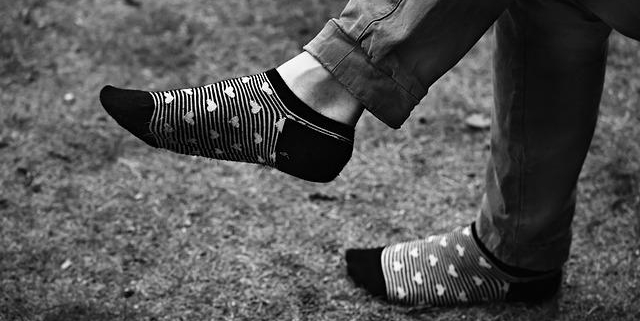
Ankle Arthroscopy
Overview
Ankle arthroscopy is a surgical procedure that orthopedic surgeons use to diagnose and treat problems in the ankle joint. It’s less invasive than traditional open surgery, involving small incisions through which a tiny camera and instruments are inserted. This procedure can help provide relief for various ankle conditions along with assisting in their diagnosis. The popularity of ankle arthroscopy is growing due to its quicker recovery times and lower risk of complications compared to open surgery.
Types
Although there are not different ‘types’ of ankle arthroscopy, the procedure can be used to diagnose and treat different conditions, which may include:
– Ankle impingement: This is characterized by pain and limited mobility due to extra bone or soft tissue in the ankle.
– Ankle instability: This condition causes the ankle to frequently give out during walking or other activities.
– Ankle arthritis: Similar to arthritis in other areas, this condition occurs when the cartilage in the ankle wears away.
– Ankle fractures: Arthroscopy is occasionally used to assist in the treatment of certain ankle fractures.
– Ankle joint infection: In cases of severe infection, arthroscopy can be used for debridement (removal of infected tissue).
Causes
The aforementioned conditions, which necessitate the usage of ankle arthroscopy, can be caused by several factors such as:
– Sports injuries: Injuries from sports activities, particularly those involving jumping, twisting or sudden changes in direction,
– Wear and tear: This can be due to aging, obesity, occupational hazards, or repetitive stress on the ankles.
– Accidents or trauma: Trauma to the ankle such as falling, twisting, or a car accident can also lead to these conditions.
– Infections: These can sometimes affect joint health leading to conditions like arthritis.
Symptoms
Common symptoms that may lead to an ankle arthroscopy include:
- Persistent ankle pain
– Swelling in the ankle
– Instability of the ankle
– Decreased ankle mobility
– Locking or catching sensation in ankle
Diagnosis
Diagnosis begins with a detailed medical history and physical examination by your orthopedic surgeon. They may apply gentle pressure and move your ankle in different positions to understand your range of motion and pain levels. Imaging tests such as X-rays, MRIs, or CT scans may also be used to obtain a clearer picture of your ankle, followed by an arthroscopy for a direct visual inspection if required.
Treatment Options
The treatment options for ankle problems vary depending on the precise condition and its severity:
– >Non-surgical treatments: These include physical therapy, doing specific exercises to strengthen the ankle muscles, using supportive ankle braces, and taking non-steroidal anti-inflammatory drugs (NSAIDs).
– Surgical treatments: In cases where non-surgical methods are not effective, your doctor may recommend ankle arthroscopy. This minimally invasive surgery can be used to remove or repair damaged tissue, treat infection, or stabilize the ankle joint.
Living With Ankle Arthroscopy
Recovery from an ankle arthroscopy requires patience and attentiveness:
– Manage pain: Follow your doctor’s advice about medications to manage pain after surgery.
– Physical therapy: This is usually recommended after surgery to help regain strength and mobility in the ankle.
– Rest and elevate: It’s important to get plenty of rest and keep your foot elevated above your heart level as much as possible.
– Cold therapy: Use an ice pack for 15–20 minutes at a time to reduce swelling and pain.
When to Seek Help
After an ankle arthroscopy, you should seek immediate medical attention for:
– Excessive bleeding from the incision sites.
– Repeated vomiting, as it could signify a bad reaction to anesthesia.
– Signs of infection such as increasing pain, redness, swelling, or pus coming from the incisions.
– Difficulty breathing, severe chest pain, or sudden instability, this could suggest a serious complication such as a blood clot.
remember that ankle arthroscopy is a specialized procedure and should be performed by an experienced orthopedic surgeon. Make sure to ask any questions you have about your recovery and follow-up to ensure optimal results from your surgery.
